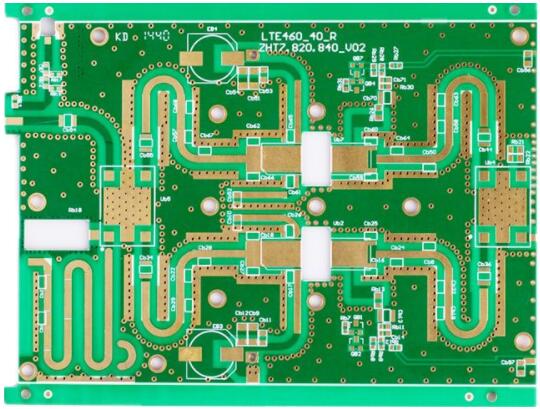Determine creepage distance of PCB Layout
Creepage distance: the shortest path between two conductive parts measured along an insulating surface or between the conductive part and the protective interface of the device. Electrical clearance: the shortest distance measured between two conductive parts or between the conductive part and the protective interface of the equipment. That is under the condition of ensuring the stability and safety of electrical performance,the shortest distance through air can achieve insulation. Generally speaking,the creepage distance required value is bigger than the clearance requirement of numerical, wiring shall meet the requirements of both at the same time,the distance from the surface to consider,consider the distance of space), slot (slot width should be greater than 1 mm) can only increase the surface distance the creepage distance not increase the clearance,so when the clearance is not enough, Slotting can not solve this problem. When slotting, we should pay attention to the position and length of the slot to meet the requirements of creepage distance.

Electrical isolation distance of components and PCB: (electrical isolation distance refers to the comprehensive consideration of electrical clearance and creepage distance) for switching power supplies of class ⅰ equipment (switching power supplies are all classⅰequipment),the isolation distance on components and PCB board is as follows: (the following values do not include margin). For AC-DC power supply (without PFC circuit and with rated input voltage range of 100-240V ~ as an example).
The electrical isolation distance inside the transformer is the sum of the width of the retaining wall on both sides of the transformer. If the width of the transformer retaining wall is 3mm,then the electrical isolation distance value of the transformer is 6mm (the width of the retaining wall on both sides is the same). If the transformer has no retaining wall,then the isolation distance of the transformer is equal to the thickness of the adhesive paper. In addition,for AC-DC power supply, transformer primary and secondary windings apply three layers of adhesive paper isolation,DC-DC power supply, can only use two layers of adhesive paper isolation. The following values do not include margins:
Note: if the transformer pin is not covered with insulation bushing,then the isolation distance at the pin may only be the thickness of adhesive paper and retaining wall,so the transformer pin needs to be covered with insulation bushing and the casing should pass through the retaining wall.
Creepage distance: the shortest linear distance measured by air separation between two conductive components or between conductive components and the object interface;
Clearance: The shortest distance measured along an insulated surface between two conductive components or between the conductive component and the object interface.
When the clearance distance does not meet the standard requirements,the PCB can be slotted between two conductive components. If the distance between the conductive component and the housing and the accessible part is not enough,the conductive component can be wrapped with insulation material.
Covering conductive components with insulation solves both the Creepage distance and the clearance problem,which is typically used to cover transformers on the power board when there is not enough distance between transformers and surrounding components.
In addition, the voltage difference between two conductors can be appropriately reduced without affecting the function of the product.
Determination of creepage distance:
(1) Primary side AC part: L-N≥2.5mm in front of the fuse,L -- N≥2.5mm in earth,do not require after the fuse,but try to keep a certain distance to avoid short-circuit damage to the power supply;
(2) The AC to DC part of the primary side ≥2.0mm;
(3) The primary side dc ground to ground ≥4.0mm as the primary side ground to earth;
(4) The primary side to the secondary side ≥6.4mm,such as optocoupler,Y capacitor and other components foot spacing ≤6.4mm to slot;
(5) ≥0.5mm between the secondary side parts;
(6) The ground on the secondary side is more than 2.0mm to the earth.